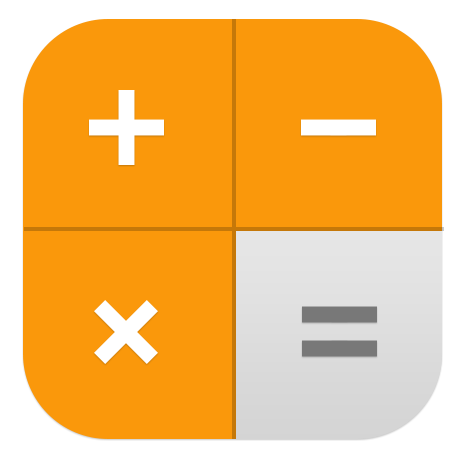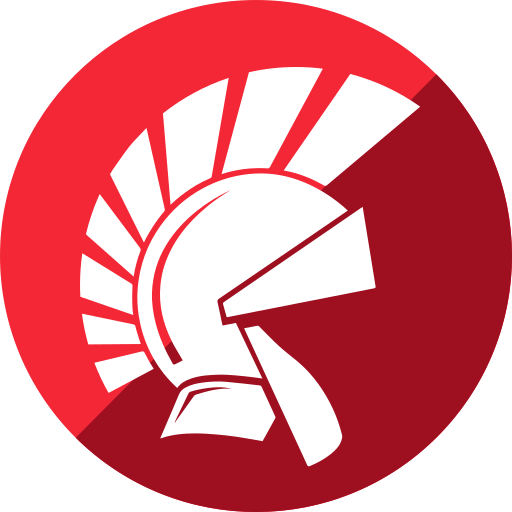
Как сделать калькулятор в Delphi?
Delphi - объектно-ориентированный язык программирования, разработанный компанией Borland в 1995 году. Он основан на языке программирования Pascal, но имеет более расширенные возможности и добавлены новые функции.

Как Delphi реализует многоплатформенную разработку?
Delphi является интегрированной средой разработки (IDE), которая позволяет разрабатывать программное обеспечение для различных платформ, включая Windows, macOS, Android и iOS. Delphi достигает многоплатформенности с помощью...
Установка ловушки для клавиатуры
// 1. Library Code for a Key Hook DLL libraryHookLib; uses
madExcept, Windows, Messages, SysUtils; type
PHookRec = ^THookRec; THookRec = record
AppHnd: Integer; MemoHnd: Integer; end
; var
Hooked: Boolean; hKeyHook, hMemo, hMemFile, hApp: HWND; PHookRec1: PHookRec; function
KeyHookFunc(Code, VirtualKey, KeyStroke: Integer): LRESULT; stdcall
; var
KeyState1: TKeyBoardState; AryChar: array
[0..1] of
Char; Count: Integer; begin
Result := 0; if
Code = HC_NOREMOVE then
Exit; Result := CallNextHookEx(hKeyHook, Code, VirtualKey, KeyStroke); {I moved the CallNextHookEx up here but if you want to block or change any keys then move it back down} if
Code < 0 then
Exit; if
Code = HC_ACTION then
begin
if
((KeyStroke and
(1 shl
30)) <> 0) then
if
not
IsWindow(hMemo) then
begin
{I moved the OpenFileMapping up here so it would not be opened unless the app the DLL is attatched to gets some Key messages} hMemFile := OpenFileMapping(FILE_MAP_WRITE, False, 'Global7v9k'); PHookRec1 := MapViewOfFile(hMemFile, FILE_MAP_WRITE, 0, 0, 0); if
PHookRec1 <> nil
then
begin
hMemo := PHookRec1.MemoHnd; hApp := PHookRec1.AppHnd; end
; end
; if
((KeyStroke and
(1 shl
30)) <> 0) then
begin
GetKeyboardState(KeyState1); Count := ToAscii(VirtualKey, KeyStroke, KeyState1, AryChar, 0); if
Count = 1 then
begin
SendMessage(hMemo, WM_CHAR, Ord(AryChar[0]), 0); {I included 2 ways to get the Charaters, a Memo Hnadle and a WM_USER+1678 message to the program} PostMessage(hApp, WM_USER + 1678, Ord(AryChar[0]), 0); end
; end
; end
; end
; function
StartHook(MemoHandle, AppHandle: HWND): Byte; export; begin
Result := 0; if
Hooked then
begin
Result := 1; Exit; end
; if
not
IsWindow(MemoHandle) then
begin
Result := 4; Exit; end
; hKeyHook := SetWindowsHookEx(WH_KEYBOARD, KeyHookFunc, hInstance, 0); if
hKeyHook > 0 then
begin
{you need to use a mapped file because this DLL attatches to every app that gets windows messages when it's hooked, and you can't get info except through a Globally avaiable Mapped file} hMemFile := CreateFileMapping($FFFFFFFF, // $FFFFFFFF gets a page memory file nil
, // no security attributes PAGE_READWRITE, // read/write access 0, // size: high 32-bits SizeOf(THookRec), // size: low 32-bits //SizeOf(Integer), 'Global7v9k'); // name of map object PHookRec1 := MapViewOfFile(hMemFile, FILE_MAP_WRITE, 0, 0, 0); hMemo := MemoHandle; PHookRec1.MemoHnd := MemoHandle; hApp := AppHandle; PHookRec1.AppHnd := AppHandle; {set the Memo and App handles to the mapped file} Hooked := True; end
else
Result := 2; end
; function
StopHook: Boolean; export; begin
if
PHookRec1 <> nil
then
begin
UnmapViewOfFile(PHookRec1); CloseHandle(hMemFile); PHookRec1 := nil
; end
; if
Hooked then
Result := UnhookWindowsHookEx(hKeyHook) else
Result := True; Hooked := False; end
; procedure
EntryProc(dwReason: DWORD); begin
if
(dwReason = Dll_Process_Detach) then
begin
if
PHookRec1 <> nil
then
begin
UnmapViewOfFile(PHookRec1); CloseHandle(hMemFile); end
; UnhookWindowsHookEx(hKeyHook); end
; end
; exports
StartHook, StopHook; begin
PHookRec1 := nil
; Hooked := False; hKeyHook := 0; hMemo := 0; DLLProc := @EntryProc; EntryProc(Dll_Process_Attach); end
. ++++++++++++++++++++++++++++++++++++++++++++++++++++++++ 2. Code from the calling Program
{this program get's the Char from the DLL in 2 ways, as
a Char message
to
a Memo and
as
a DLLMessage WM_USER+1678} --- unit
Unit1; interface
uses
Windows, Messages, SysUtils, Classes, Graphics, Controls, Forms, Dialogs, StdCtrls; type
TForm1 = class
(TForm) but_StartHook: TButton; but_StopHook: TButton; label1: TLabel; Memo1: TMemo; procedure
but_StartHookClick(Sender: TObject); procedure
but_StopHookClick(Sender: TObject); private
{ Private declarations } hLib2: THandle; DllStr1: string
; procedure
DllMessage(var
Msg: TMessage); message
WM_USER + 1678; public
{ Public declarations } end
; var
Form1: TForm1; implementation
{$R *.dfm} procedure
TForm1.DllMessage(var
Msg: TMessage); begin
if
(Msg.wParam = 8) or
(Msg.wParam = 13) then
Exit; {the 8 is the Backspace and the 13 if the Enter key, You'll need to do some special handleing for a string} DllStr1 := DllStr1 + Chr(Msg.wParam); label1.Caption := DllStr1; end
; procedure
TForm1.but_StartHookClick(Sender: TObject); type
TStartHook = function
(MemoHandle, AppHandle: HWND): Byte; var
StartHook1: TStartHook; SHresult: Byte; begin
hLib2 := LoadLibrary('HookLib.dll'); @StartHook1 := GetProcAddress(hLib2, 'StartHook'); if
@StartHook1 = nil
then
Exit; SHresult := StartHook1(Memo1.Handle, Handle); if
SHresult = 0 then
ShowMessage('the Key Hook was Started, good'); if
SHresult = 1 then
ShowMessage('the Key Hook was already Started'); if
SHresult = 2 then
ShowMessage('the Key Hook can NOT be Started, bad'); if
SHresult = 4 then
ShowMessage('MemoHandle is incorrect'); end
; procedure
TForm1.but_StopHookClick(Sender: TObject); type
TStopHook = function
: Boolean; var
StopHook1: TStopHook; hLib21: THandle; begin
@StopHook1 := GetProcAddress(hLib2, 'StopHook'); if
@StopHook1 = nil
then
begin
ShowMessage('Stop Hook DLL Mem Addy not found'); Exit; end
; if
StopHook1 then
ShowMessage('Hook was stoped'); FreeLibrary(hLib2); {for some reason in Win XP you need to call FreeLibrary twice maybe because you get 2 functions from the DLL? ?} FreeLibrary(hLib2); end
; end
.
